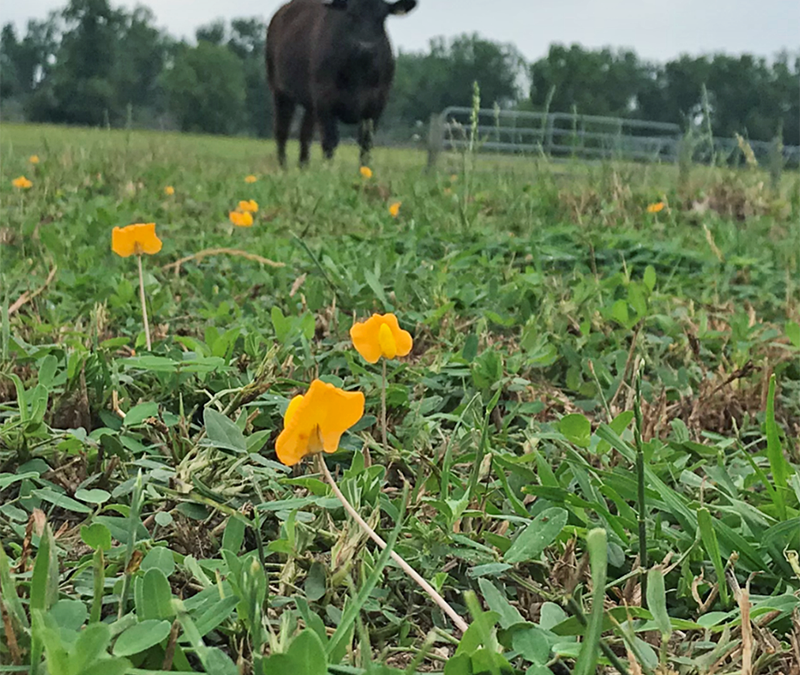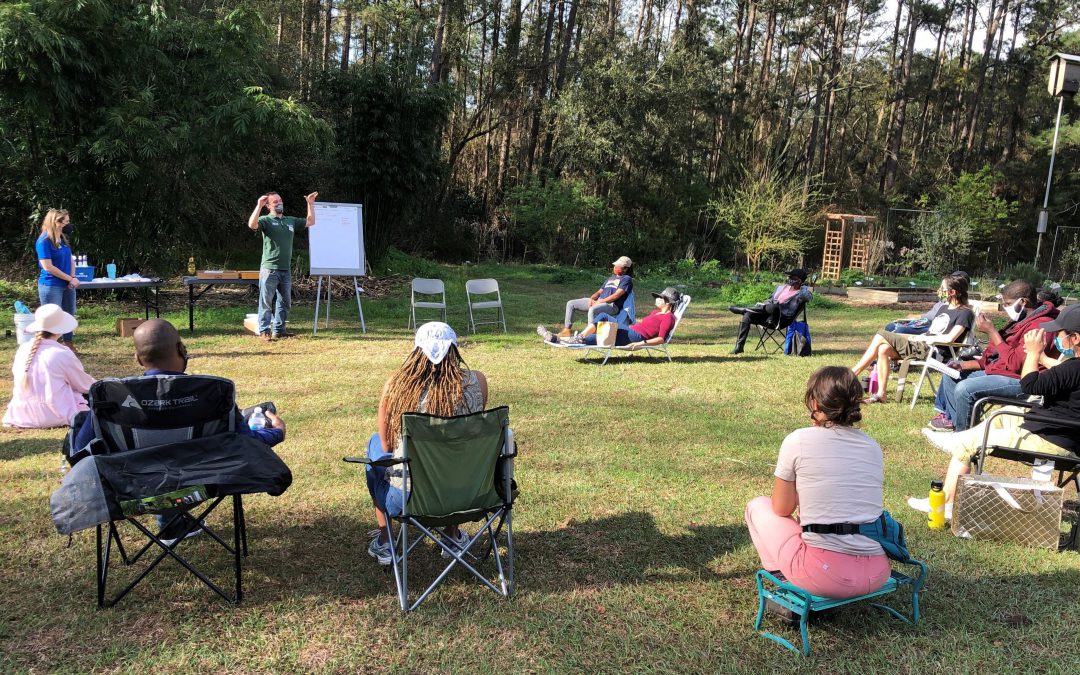
by Molly Jameson | Mar 12, 2021
– Throughout the Panhandle and Big Bend Region of Florida, many residents struggle to access healthy foods. Of the 20 Florida counties with the most people living in poverty, more than half are in the Panhandle and Big Bend Region. Unfortunately, poverty leads...

by external | Mar 5, 2021
Dr. Michael Dukes, UF/IFAS Center for Land Use Efficiency Director – Since Senate Bill 712 (SB 712) was signed into law July 2020 there have been many questions about requirements and implementation. We have worked closely with the Florida Department of...
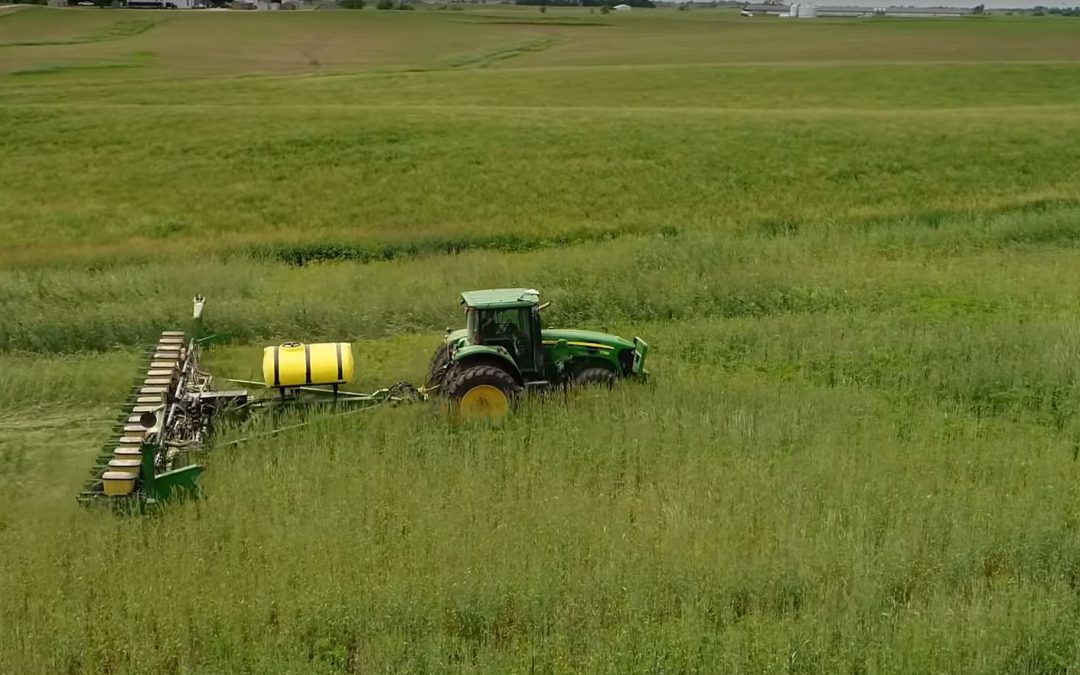
by Doug Mayo | Feb 19, 2021
This week’s featured video is actually the trailer for a documentary that was published by the Practical Farmers of Iowa. Livestock on the Land is a concept not that different that the Sod-Based Rotation efforts that researchers at the University of Florida...
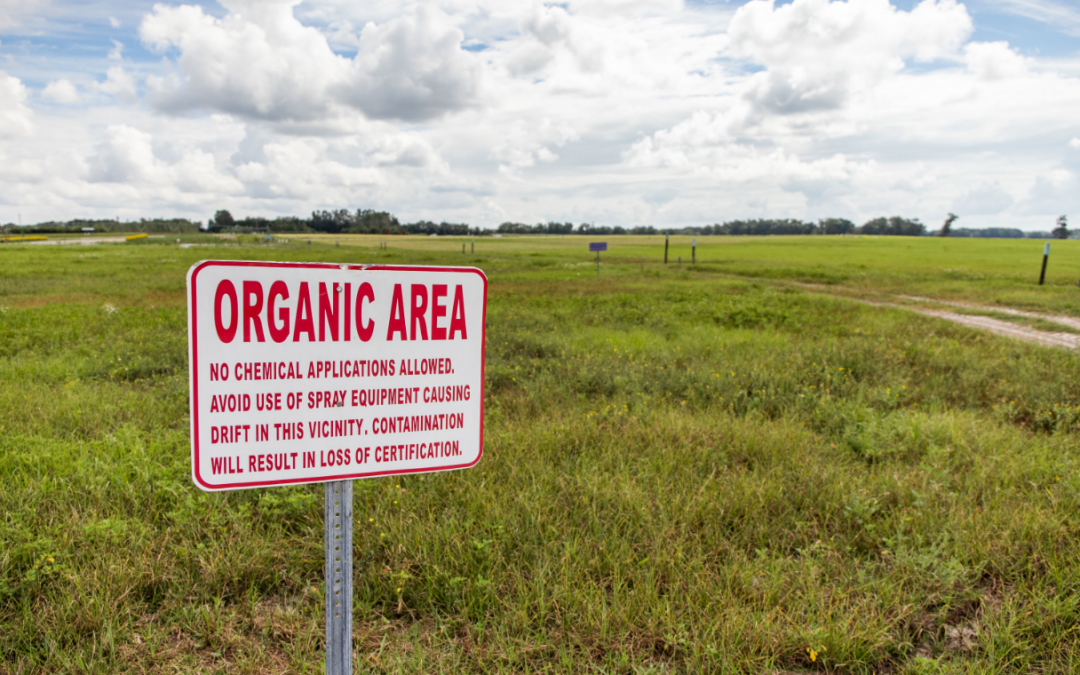
by Ray Bodrey | Feb 5, 2021
There are many farming systems utilized world-wide, with conventional agriculture being the most prevalent. However, alternative systems, like organic and all-natural farming, are becoming more popular than ever before. – Organic Farming With any farming system,...
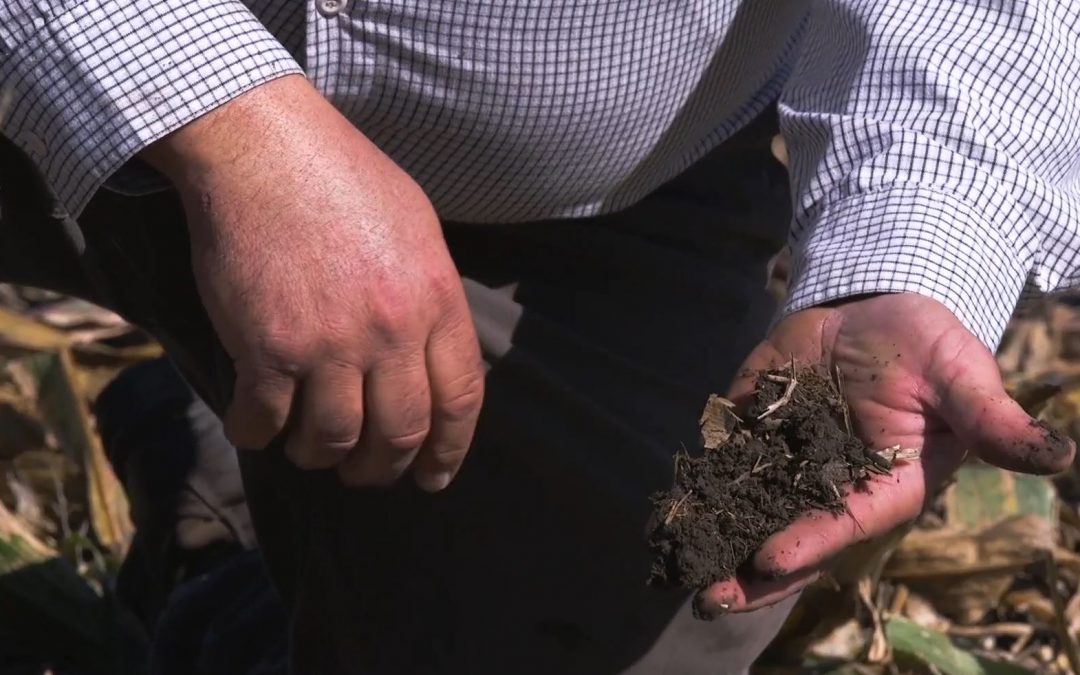
by Doug Mayo | Feb 5, 2021
This week’s featured video was published by the Soil Health Institute to share the huge need to focus on improving the health and productivity of agricultural soils. With an ever growing world population, and shrinking acreage of productive farmland, the only...


